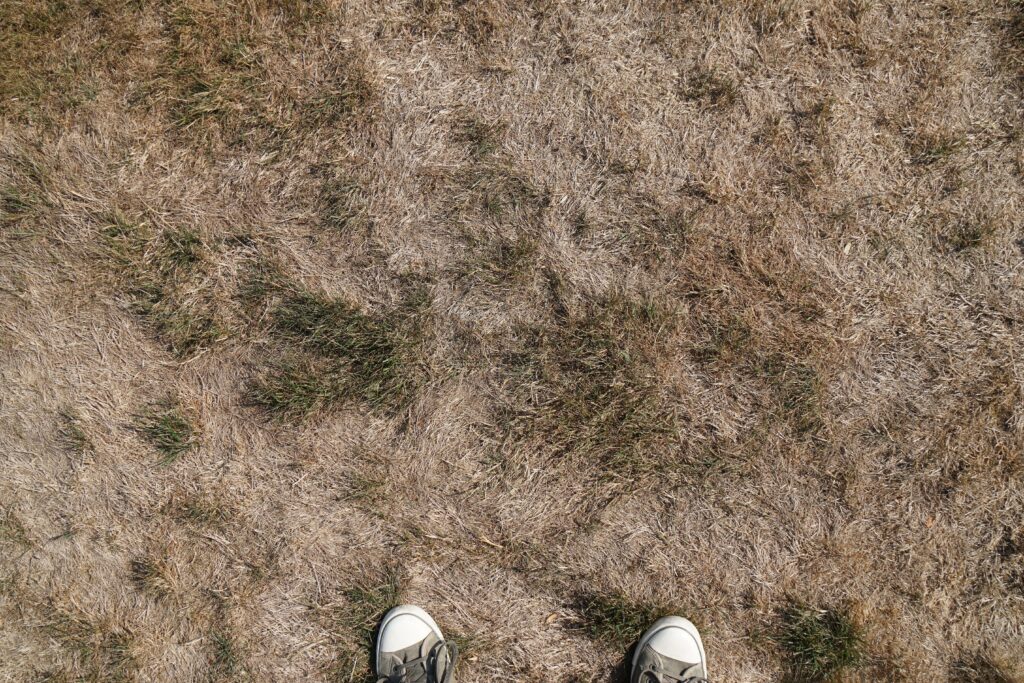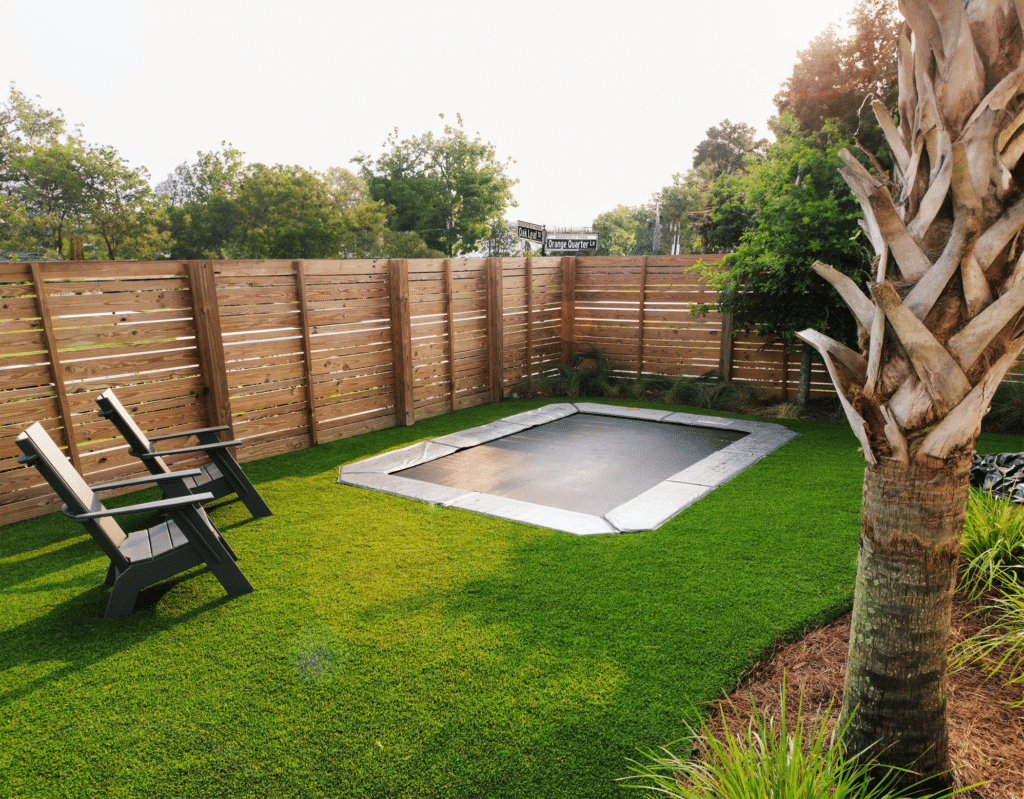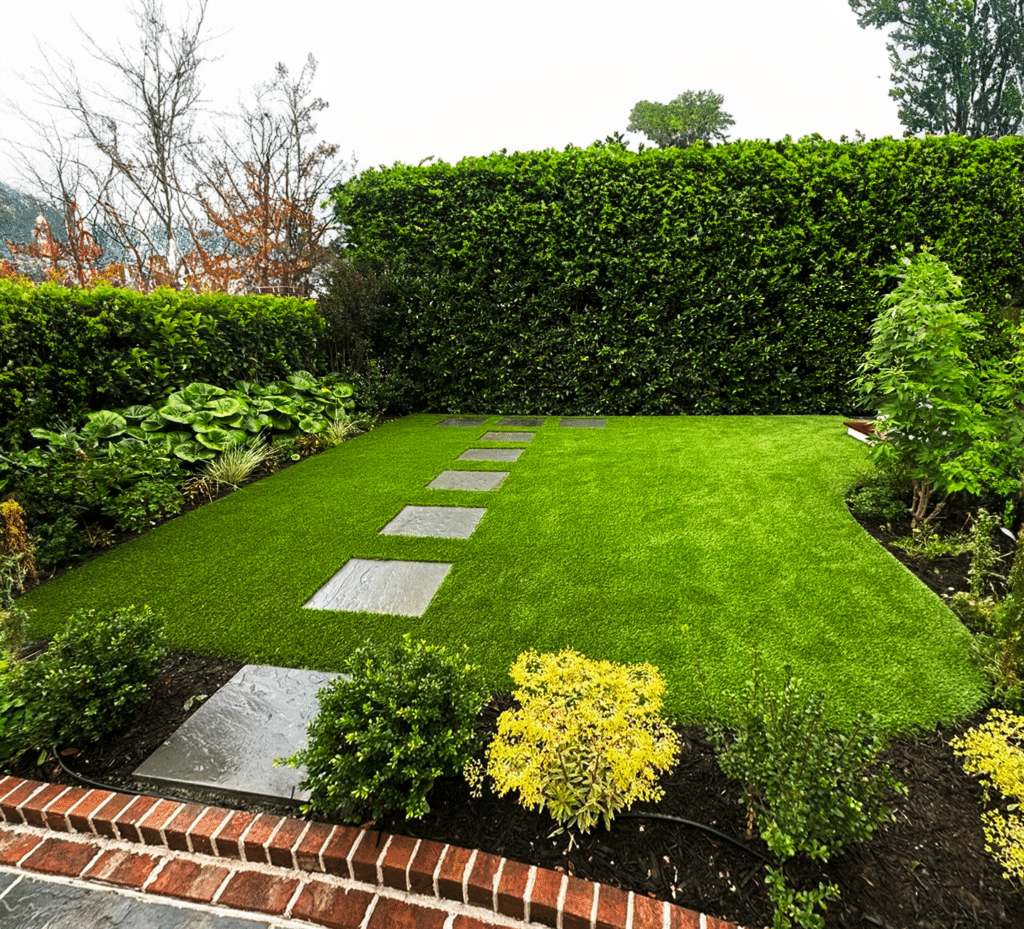Call us at 855-464-8873 or Email us at info@progreen.com
When it comes to selecting the right surface for your yard, sports field, or commercial property, the decision between artificial turf vs natural grass can be challenging. Both options have their advantages and disadvantages, and the best choice depends on your specific needs, climate, and personal preferences. Here’s a detailed guide to help you decide when artificial turf might be the better option.

Hot, Dry Climates: In regions where water is scarce and temperatures regularly soar, maintaining a natural grass lawn can be both challenging and expensive. The combination of intense heat and limited water availability can quickly stress natural grass, leading to unsightly brown patches and even dead spots. Without frequent and consistent watering, grass can suffer significant damage, losing its lush, green appearance and becoming dry and brittle.
Artificial turf offers a practical solution to these problems. Unlike natural grass, synthetic turf does not require any watering to stay green and vibrant.
Extreme Cold: In very cold climates, natural grass can become dormant and brown during winter months, requiring considerable care to revive in the spring. Homeowners need to engage in various maintenance activities, such as aerating the soil, reseeding, fertilizing, and consistent watering to encourage the grass to green up and grow again. This requires both time and money, and there’s always a risk that the grass may not fully recover, leading to patchy and uneven areas.
Artificial turf remains green and vibrant year-round, offering an aesthetically pleasing alternative. Unlike natural grass, artificial turf is not affected by temperature changes.
Low Maintenance Needs: Natural grass requires regular mowing, fertilizing, watering, and pest control. If you have a busy lifestyle or simply prefer a low-maintenance option, artificial turf could save you significant time and effort. The maintenance requirements for an artificial grass yard are minimal compared to a natural grass lawn. Here’s what you can expect with artificial turf:

High-Traffic Areas: For spaces that endure heavy foot traffic, such as sports fields, playgrounds, or dog parks, artificial turf offers superior durability. Natural grass can quickly wear out and develop bald patches under constant use, whereas artificial turf is designed to withstand heavy use without significant wear and tear.
Indoor Installations: Artificial grass is also an ideal solution for indoor applications, such as sports arenas, event spaces, or indoor play areas. Traditional natural grass cannot be used indoors due to its reliance on sunlight and open-air conditions.
In contrast, artificial turf provides a consistent and reliable playing surface regardless of the indoor environment. It offers the same benefits of durability and aesthetic appeal, making it perfect for indoor settings that require a safe and visually pleasing surface. Whether it’s for indoor soccer fields, children’s play zones, or special event venues, artificial turf delivers a dependable and attractive solution that enhances the functionality and appearance of any indoor space.
Water Conservation: In regions where water conservation is crucial, artificial turf offers a significant advantage by drastically reducing water usage. Maintaining a natural grass lawn typically requires thousands of gallons of water annually to keep it healthy and green. This can be particularly challenging in drought-prone areas or regions with strict water restrictions.
Artificial turf completely eliminates the need for watering, contributing to substantial water savings. By choosing artificial turf, homeowners can enjoy a lush, green lawn without the environmental and financial costs associated with extensive water use, making it an eco-friendly option that supports sustainable living.
Chemical-Free Maintenance: Maintaining a lush natural lawn often involves the regular use of fertilizers, herbicides, and pesticides. These chemicals are used to promote growth, control weeds, and eliminate pests, but they can also have negative environmental impacts and pose potential health risks to humans and animals.
Synthetic grass eliminates the need for these chemical treatments. Without the necessity for fertilizers, synthetic turf provides a cleaner, safer environment. This reduction in chemical use is beneficial not only for the immediate surroundings but also for the broader ecosystem, reducing chemical runoff into water sources and minimizing exposure to potentially harmful substances. By choosing artificial turf, you can maintain a beautiful lawn that is both environmentally friendly and healthier for your family and pets.

Consistent Appearance: One of the major advantages of artificial turf is its ability to maintain a consistent appearance throughout the year. Unlike natural grass, which can be affected by weather conditions, pests, and other variables, artificial turf stays green and uniform in all seasons. This ensures that your lawn looks lush and attractive no matter the time of year.
Additionally, a synthetic lawn can be installed in places where natural grass struggles to grow or cannot grow at all. Shady areas, high-traffic zones, and spaces with poor soil conditions can all benefit from the installation of artificial grass. It offers a versatile solution, bringing a fresh, green look to areas that would otherwise remain bare or require significant upkeep to maintain.
Long-Term Investment: While the upfront installation cost of artificial turf may be higher than natural grass, the long-term financial benefits make it a wise investment, saving you money over time. The significant savings on water, reduced maintenance costs, and the turf’s durability and longevity contribute to its cost-effectiveness over time. By choosing fake grass, you can enjoy a beautiful, green lawn with minimal ongoing expenses, making it a smart choice for both your wallet and the environment.

Allergy Reduction: For individuals who suffer from grass allergies, artificial turf can provide significant relief. Natural grass produces pollen, which is a common allergen that can trigger symptoms such as sneezing, itchy eyes, and respiratory discomfort.
Artificial grass, on the other hand, does not produce pollen, thereby reducing the potential for allergic reactions. This can greatly improve outdoor comfort and enjoyment for allergy sufferers, allowing them to spend more time outside without the worry of triggering their allergies. By choosing artificial turf, you can create a more allergy-friendly environment, making your yard a haven for everyone, regardless of their sensitivities.
Even Playing Surface: Synthetic grass provides a level and consistent playing surface, which can greatly reduce the risk of injuries caused by uneven ground. Natural grass can develop dips, holes, and other irregularities over time, creating tripping hazards and making it difficult to maintain a safe playing environment. In contrast, artificial turf is designed to offer a smooth, even surface that remains stable and reliable. Our synthetic turf meets the fall-height safety standard, ensuring that it provides adequate cushioning to help protect children and athletes from injuries caused by falls.
PFAS-Free: When it comes to selecting artificial turf for your home or business, concerns about environmental impact and health safety are paramount. Recently, there has been growing awareness around the presence of PFAS (Per- and Polyfluoroalkyl Substances) in various consumer products, including synthetic turf. These substances, known for their persistence in the environment and potential health risks, have raised significant concerns among consumers and regulatory bodies alike.
At ProGreen, we are committed to providing high-quality artificial turf solutions that not only enhance landscapes but also prioritize environmental safety. We are proud that our turf materials are manufactured without the use of harmful PFAS compounds.
Choosing between artificial turf and natural grass depends on various factors, including climate, maintenance preferences, usage patterns, environmental impact, aesthetic goals, and budget. If you live in an area with extreme weather conditions, have a high-traffic space, seek low-maintenance options, or are conscious of water usage and chemical exposure, artificial turf could be the ideal solution. By weighing these considerations, you can make an informed decision that best suits your needs and enhances your outdoor experience.